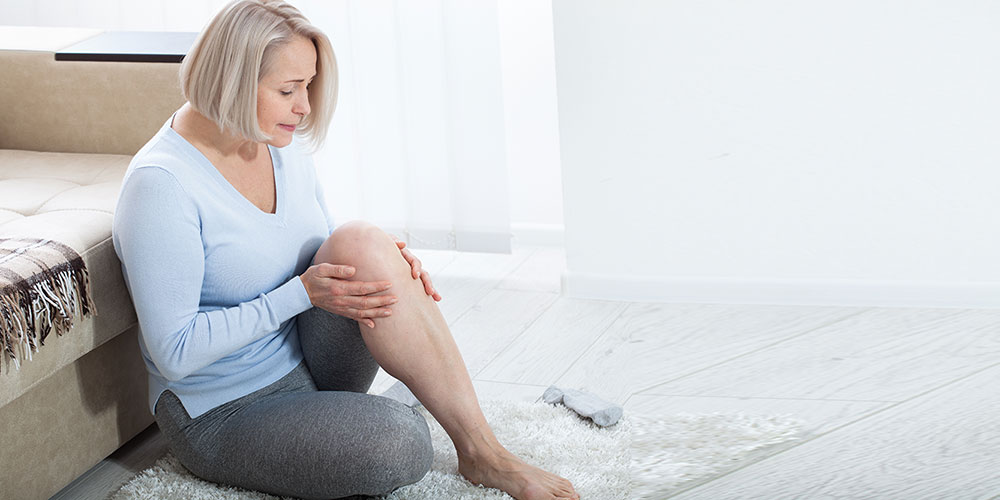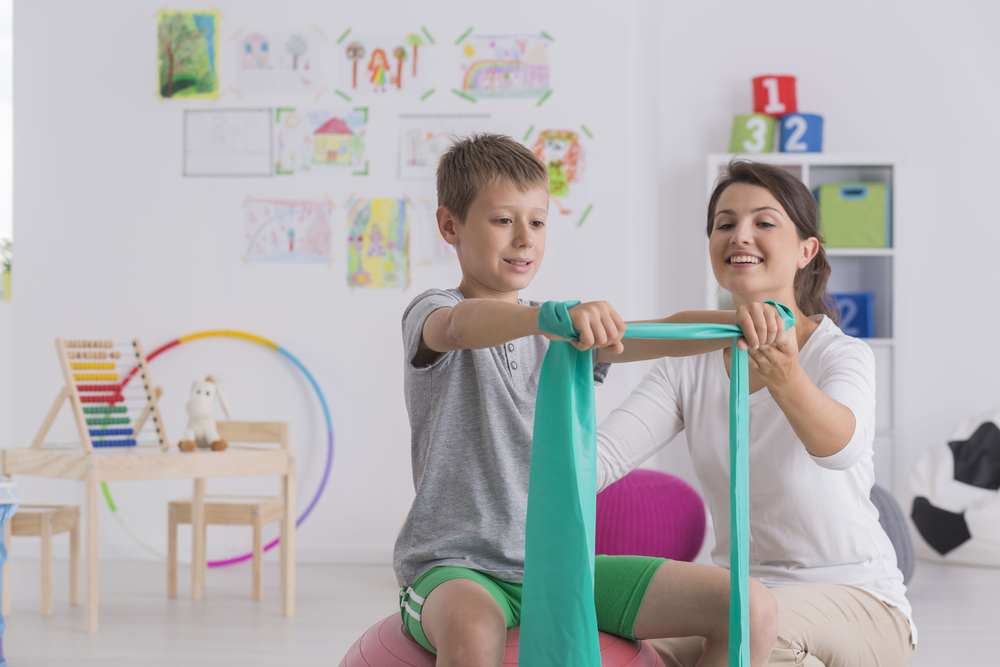Make an Appointment
Exercise and bone health go hand in hand. Staying active and exercising properly is vital for the health of our bones. Like muscles, bone is living tissue that responds to exercise and can become stronger. Therefore, people who exercise regularly have higher bone density than those who do not.
Our bones are constantly rebuilding, replacing, and repairing. However, after we hit age 50, give or take, we start to break down bone more often than it’s rebuilt. Women can also experience greater bone loss after the onset of menopause.
Depending on genetics and other factors, losing bone mass as we age can sometimes leave us at risk of osteoporosis, a condition where bones become brittle. We also have to be aware of developing osteopenia, which is a precursor to osteoporosis.
Here, we’re talking about osteoporosis, how to promote bone health, physical exercise tips related to bone health, and more.
What is Osteoporosis?
Osteoporosis occurs when bones lose minerals, such as calcium, more quickly than the body can replace them, causing a loss of bone density or mass.
With osteoporosis, bone tissue has been lost and weakened making the bones more likely to fracture. The spine, hip, and wrist are the most common fracture sites but any bone can be affected.
Osteoporosis will affect around two in every three women and one in six men over the age of 60.

Benefits of Exercise on Bone Health
When it comes to exercise, you might assume that your muscles reap the most benefits. Well, your bones are getting stronger with exercise, too.
Exercise exerts force on bones, helping it to rebuild stronger, depending on the types of forces exerted. Hip fractures occur 38 to 45% less in older adults who have been physically active in their daily life, compared to less active people.
Exercise is recognised as one of the most effective lifestyle strategies to help make bones as strong as possible, reducing the risk of fractures later in life.
There are quite a few different kinds of exercises you can do to see the full impact of exercise on bone health: weight-bearing exercise, high-impact exercises, resistance and strength training, and balance exercises.
The types of exercise for bone health include:
- Weight-Bearing Exercises for Bone Health - Brisk walking, climbing stairs, tennis, and netball. These are some of the best weight-bearing exercises for bone health because your body is carrying its weight and your bones become stronger as they cope with the force placed on them.
- High impact Exercise for Bone Health - Running, jumping or skipping. This form of exercise improves bone health by placing high stresses on the bones of the spine and legs.
- Resistance or Strength Training for Bone Health - Involves the use of machines (e.g. leg press) or free weights (e.g. dumbbells). The strong muscle contractions required to move a heavy weight places stress on the bone where the muscle attaches and the bone strengthens.
- Balance Training Exercises for Bone Health – Exercises such a tai chi and yoga improve balance and mobility and can reduce the fear of falling and potential fractures.
Tips for a good exercise program for bone health:
- Work with an exercise physiologist or physiotherapist when starting.
- To affect bone, exercise needs to be regular and fairly vigorous – at least three times per week
- It’s best to do a variety of different exercises because it strengthens bone in different ways – variety is better for bone than repetition
- Exercise should be performed in short, intense bursts. Regular, short periods of strength training are better than fewer, longer sessions.
- Start slowly and progress gradually.
- Activities that promote muscle strength, balance and coordination help to prevent falls – e.g. Pilates, gentle yoga, and tai chi
It’s important to have a long-term exercise program for bone health, whether you have osteoporosis or not. A regular and ongoing exercise schedule will be the most beneficial.
Wondering which type of exercise is recommended for bone health based on your specific requirements? Need help with weight-bearing exercise and bone health workouts? Our Physio Inq physiotherapists can help!
For more information on bone health and help on how to develop a regular and ongoing exercise program, contact us to speak to our exercise physiologists or one of our expert physiotherapists.
Book an appointment at one of our convenient clinics Australia-wide or take advantage of our mobile physio services that come to you. Give us a call today!
Date Published: Tuesday, October 15, 2019
Locate a Mobile Physiotherapy
Service Near me
Get the experience & convinence you deserve to support your or a loved one's allied health needs.
Our Mobile Physiotherapy team are currently serving & taking appointments in the following states and regions in Australia:
Need to get into direct contact with ur Client Services team? We're all ears. Call our team directly on 1300 731 733

















